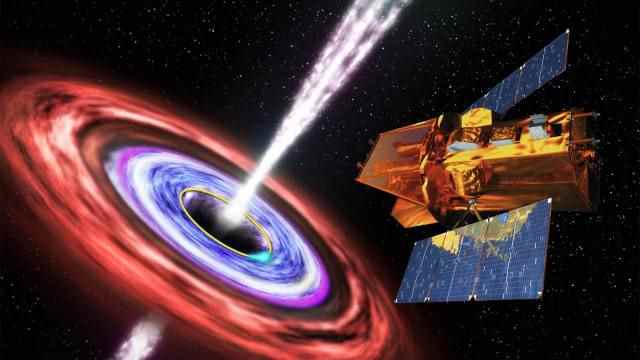Three amateur astronauts eager to reach the International Space Station (ISS) will have to wait a little longer than they’d like, as NASA has shifted their targeted launch date from February to the end of March.
Texas-based Axiom Space, the organizer of NASA’s first space tourism trip to the ISS, said the mission team is targeting March 31 due to additional spacecraft preparations and space station traffic.
NASA has removed the planned ISS mission from the February calendar!
The Ax-1 space tourism mission, or private astronaut mission as NASA prefers, will last about a week. The rocket to be launched will be Canadian investor and philanthropist Mark Pathy, American entrepreneur Larry Connor, former Israeli Air Force pilot Eytan Stibbe and the mission’s commander, NASA astronaut Michael López-Alegría.
The Ax-1 mission will travel with the Crew Dragon spacecraft, which will take four crew members to the ISS and return. The popular space transportation company Space X and its reliable rocket Falcon 9 will undertake the launch.

Pathy, Connor and Stibbe are said to have paid around $55 million per person for the space tourism trip, where they will work on research and various philanthropic projects that will likely include health-related activities.
The task force continues to evolve as part of NASA and its Russian counterpart Roscosmos’ plans to commercialize the ISS to raise funds, while also increasing access to space for private citizens, even the very wealthy.
While the Ax-1 will be NASA’s first experience in overseeing a space tourism mission, Roscosmos has been conducting such missions nonstop for years. In fact, it is known that a film crew shot various shots in the ISS last year.

The last time a tourism mission like this was used was in December when a Soyuz spacecraft flew two Japanese space tourists to the ISS, and the couple returned to Earth without any problems after spending 12 days in space.
American Dennis Tito, after paying $ 20 million to go to the ISS in this Soyuz spacecraft, made world history as the first private citizen to reach space, or the first private astronaut as NASA’s preferred name, in 2001.
In addition, SpaceX is said to expand its orbital tourism trips, which send amateur astronauts into space for a few days but do not dock with the space station. We have seen a similar mission recently, with the crew of four, who went on a 3-day orbital vacation with the Crew Dragon spacecraft last September.
What do you think about this subject? Don’t forget to share your views with us in the comments!
